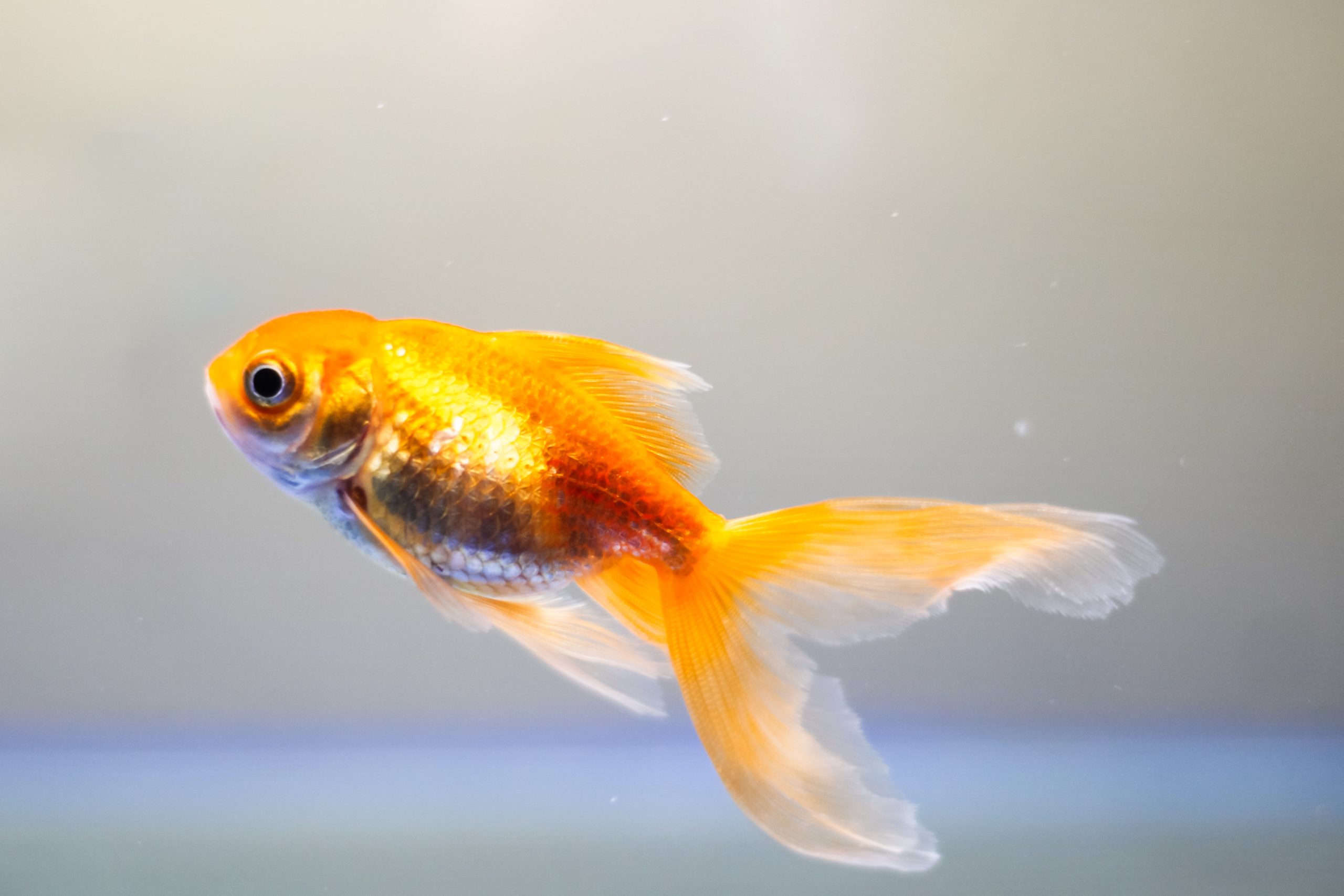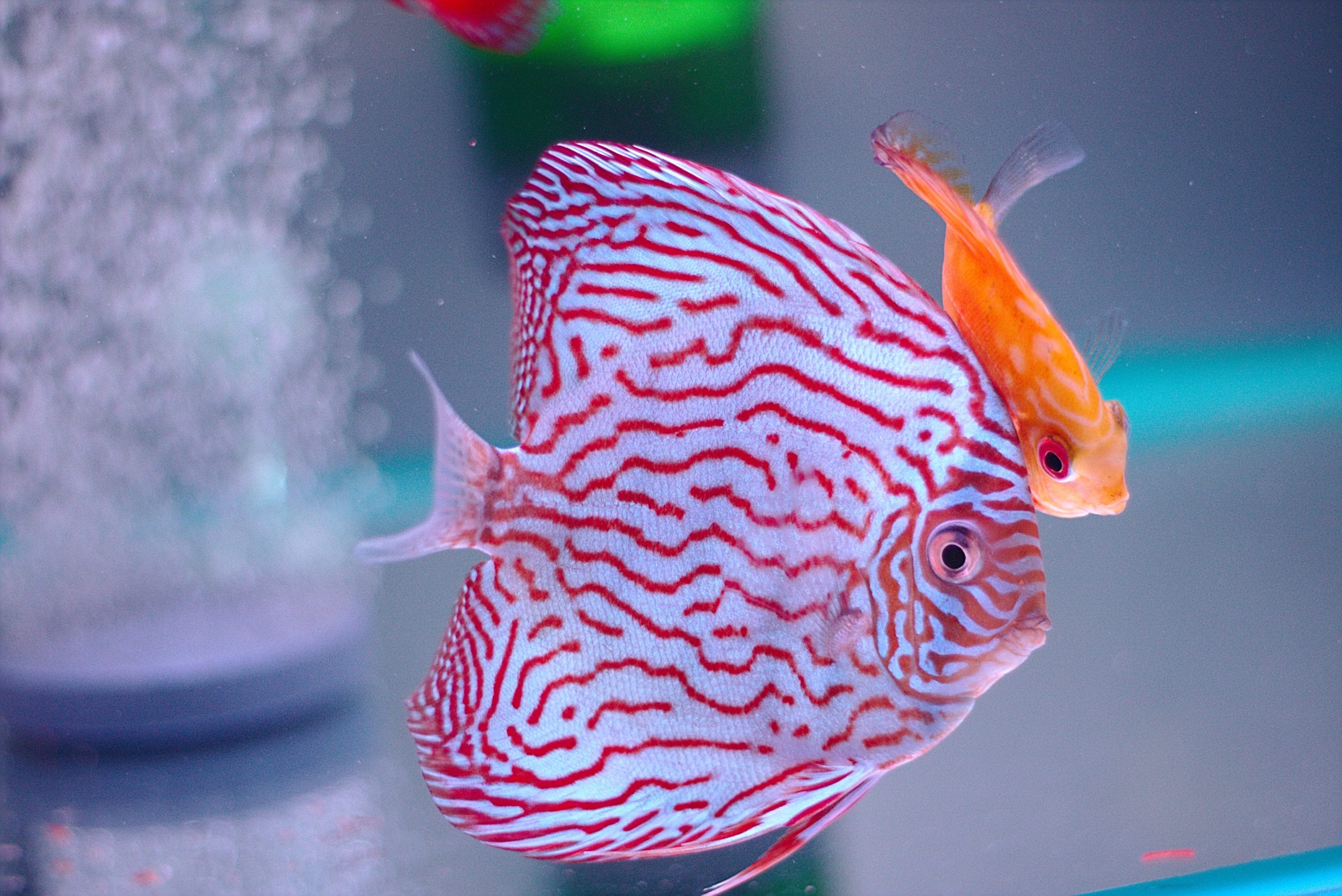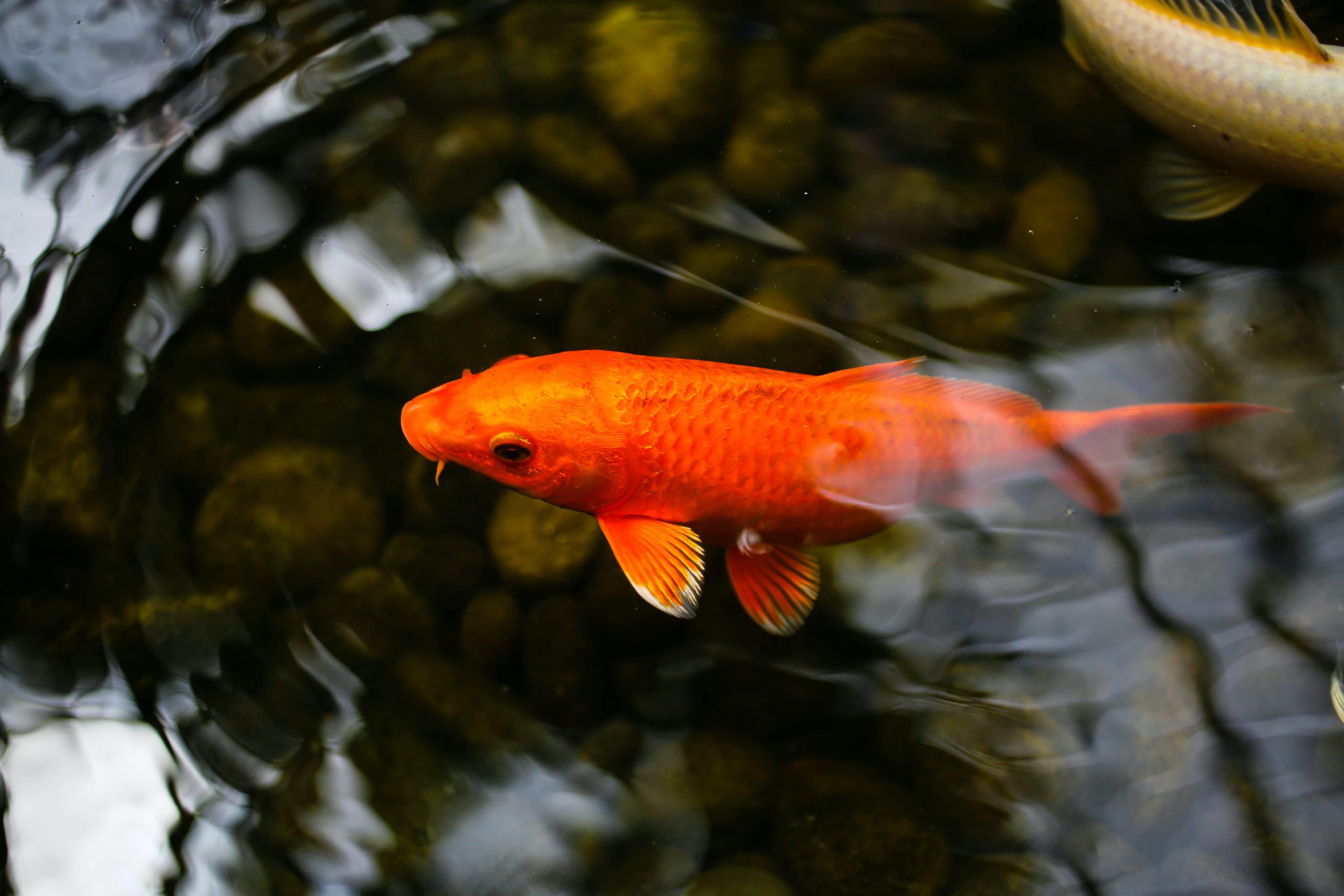Fish tank set-ups can be broadly divided into four main groups based on the desired resident fish:
- Freshwater cold (e.g. goldfish);
- Freshwater tropical (e.g. tetras);
- Marine cold (some gobies);
- Marine tropical (e.g. clowns).
Within each of these groups, there are myriads of variations. Hence I will attempt to cover as much as possible, whilst keeping the information accurate and concise.
Beginner set-up
For the beginner, I would recommend starting off with a freshwater set-up. Freshwater fish tend to be more tolerant to adverse environmental changes, which are common occurrences, until good fish keeping skills are learnt.
Because fish swim, live, eat and defecate in the water, the quality of this water is paramount to their health. Smaller tanks hold only small volumes of water, and hence permit rapid fluctuations in the water quality with little warning. Larger tanks tend to be more stable (in terms of water quality parameters) with greater dilution of pollutants. The result is you are less likely to end up with disasters. So, the best tank size to start with is the largest tank that you can afford to buy.
Tank size and placement
A starter tank should be at least a standard 2 foot (60cm). Glass aquarium or plastic? Glass aquariums are heavier and you can get them in larger sizes and they do not scratch as easily. Plastic ones cannot structurally handle large volumes of water.
But the story does not end there. You cannot just add water and fish like you would cook instant noodles. You are creating a real living underwater world. It needs time to ‘simmer’, and you need to have a ‘taste’ (using a water test kit) every so often before it is ready to introduce fish.
The fish tank and stand should be situated on a strong stable and level floor. A sheet of polystyrene foam should be placed between the aquarium and the stand to absorb any unevenness and to spread the entire weight of the tank more equally.
The tank should not be in direct sunlight (to prevent excessive algal growth) and not along corridors where it is draughty. Make sure that you are happy with the location of your tank, before filling it, because once water and aquarium furniture are added, the tank becomes very heavy and dangerous to move. Always drain the tank and remove as much aquarium furniture as possible before relocating an aquarium.
Other equipment
| Essential Equipment | Desirable | Optional |
|---|---|---|
| Gravel | Light | Special lighting |
| Filtration System | Plants | Algae scraper |
| Heater (with thermostat) | Rocks/Bogwood | Undergravel heating (plants) |
| Thermometer | Bacteria starter | |
| Water conditioner | Water test kit | |
| Fish food | Gravel cleaner | |
| Nets | Air pump + air stone |
Gravel
Once the tank is in place, gravel should be added (if using an undergravel filter, place the filter plate before adding gravel). Gravel should be from an aquarium shop since those sold in garden shops may leach out harmful chemicals. Gravel should be arranged such that it slopes towards the front (a depth of 2cm at the front, building up to 5cm at the back). This helps to channel rubbish to the front where you can clean more easily.
Aquarium furniture and plants
You can add aquarium furniture and plants in the tank either before or after adding water – your choice. It is usually easier to plant in a dry tank although this requires some imagination to anticipate how the plants will look once the tank is filled.
*Heavier aquarium furniture like rocks should only be added after the tank is filled with water so as to spread the load across the base of the tank more evenly.
Water conditioner
Tap water must be conditioned before adding to the tank. Water needs to be conditioned because the level of chlorine it contains is toxic to fish (even though it does not harm us). To avoid stirring up the gravel, place a clean ice-cream container in the tank and pour the water into this receptacle. It will absorb most of the force of the water and overflow into the tank in a more gentle stream.
Heater
Fit and immerse the heater element and leave to equilibrate to the water temperature to avoid cracking the glass sleeve. Set to the desired temperature (depending on the type of fish) before turning on. For a typical tropical freshwater community tank, a good starting point is about 25°C. Your filtration system should be started and the bacteria starter added.
*Never turn on the heater outside of water because it will be damaged.
Adding the fish
If live plants have been planted, you should wait at least 2 weeks before the first fish are introduced. This will give the plants time to establish themselves. Even if no plants were planted, it is a good idea to give the tank a week to stabilise its water quality.
Now the exciting part; which fish and how many? There are so many to choose from. The best place to seek advice is from a reputable aquarium shop. A very important piece of advice is not to buy on impulse. Do thorough research, taking into account their diet, their final size and their compatibility. The order in which you introduce them into the tank, is also very important. Those more dominant and slightly aggressive fish should be the last additions.
The fish should be gradually introduced over a period of at least ONE MONTH before the final stocking density is reached. This gives time for the good bugs in your filter to adjust to the new load of waste being generated by the fish.
When introducing fish into the tank, the bag should be floated horizontally in the aquarium for about 10 minutes (5 minutes longer for larger bags) to equalise the temperature. Then open the bag and gradually add tank water to the bag of fish over the next 15 minutes to double its original volume. This will slowly acclimatise the fish to the new water conditions. Then net the fish out and introduce into the tank (the water in the bag should be discarded and not introduced to your aquarium).
It is a good idea to feed resident fish in the opposite corner of the tank at the time new fish are released. This gives the new fish some time to wander around the tank without being hassled by the established curious residents.
When introducing more fish into an already established tank, it is recommended to house them in a separate quarantine tank for a period of 4-6 weeks for observation. This enables you to reduce the risk of introducing any potentially diseased individuals which could infect your entire tank.
Tank maintenance
The golden rule is to perform a weekly to fortnightly 25% partial water change. Water changes should be should be conducted together with a gravel clean using a gravel siphon. However, if you are using an undergravel filter, the gravel bed should not be disturbed as frequently.
Your tank should then be topped up with conditioned water. This water should come from your cold water tap and not the hot tap (hot water dissolves the heavy metals in the piping that can harm your fish). This water should then be heated using your aquarium heater before adding it into your tank to avoid exposing your fish to cold-shock.
Feeding
Fish should only be fed as much as they will consume within 2 minutes. Any uneaten food should be removed after such time. A rule-of-thumb is that the size of a fish’s stomach is as big as its eye (i.e. not very much). More often than not, fish die from overfeeding rather than underfeeding. Uneaten food will pollute the water and create poor water conditions, stressing the entire tank of fish and predisposing them to disease.





